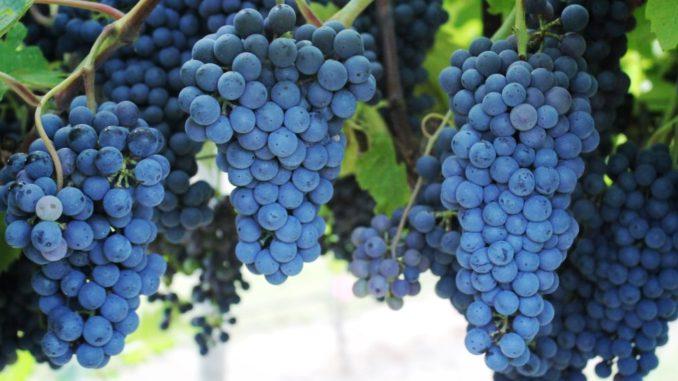
I literally just posted the results of some new DNA data on the lineage of the Black Spanish grape (also known as Lenoir and Jacquez), click here, but now I’ve got a big question. Black Spanish has been generally suspected to be a seedling from the cross of native American and a Vitis vinifera grape species for over a century. This blog post calls into question some remaining loose ends in the Black Spanish story.
What we historically “knew” originated from the days before DNA testing, actually going back more than 100 years and was based on the field of Ampelography that uses physical characteristics of the shoot tips, leaves, and fruit to identify the grape cultivar. Based on this type of information, legends in the field of grape horticulture such as Munson, Norton and others, identified Black Spanish as being created by the American Vitis aestivalis species hybridizing with an unknown Vitis vinifera pollen donor.
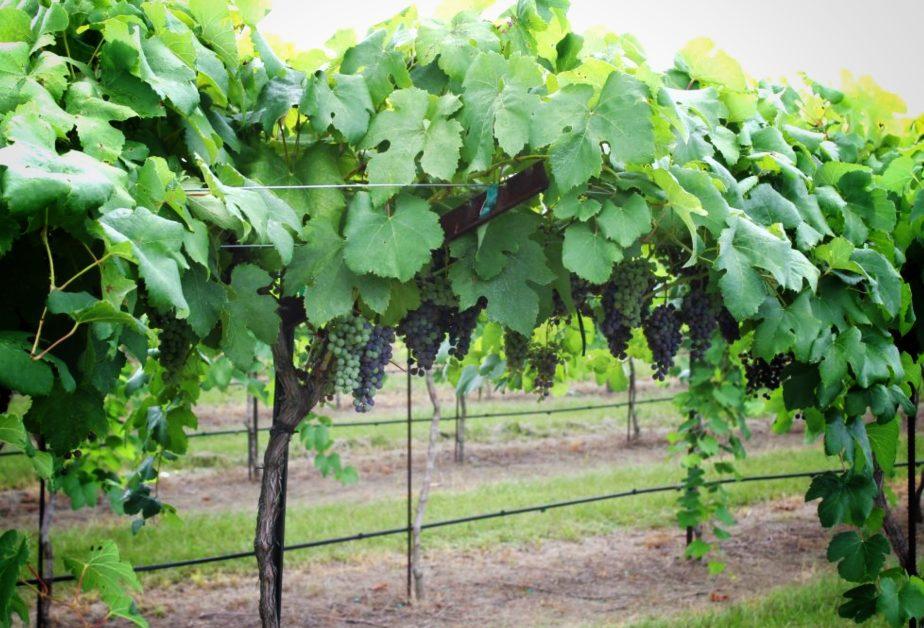
Furthermore, as told in a Black Spanish “deep-dive” by R.L. Winters at Fairhaven Vineyards (click here), the Black Spanish story was supposed to have started in the eastern American coastal states somewhere around Savannah on or about 1670. This is where grape experts generally agreed that French Huguenot settlers planted a Vitis vinifera vine stock, likely Cabernet Franc, that somehow resulted in an accidental cross when it pollinated with a native American grapevine. Dr. Jerry Rodrigues’s DNA evidence suggests that Black Spanish was “naturally generated” from hybridization events involving the Vitis vinifera cultivar, Cabernet Franc. This matches up well with what grape vine stock we believe the French settlers brought with them from their part of France to start their American vineyards.
Here is where the big questions reside. Recall, in my previous blog (click here), the recent published work by Riaz et al. indicated that the genetic profile of the Jacquez (Black Spanish) grapevine was: V. vinifera: 69%, and the rest being made up of three Native American species (V. berlandieri: 21%, V. rupestris: 7%, and V. riparia: 3%). This begs the question… How could the Ampelographic identification done a century ago by the greatest grape horticulturalist of the time have been so wrong?
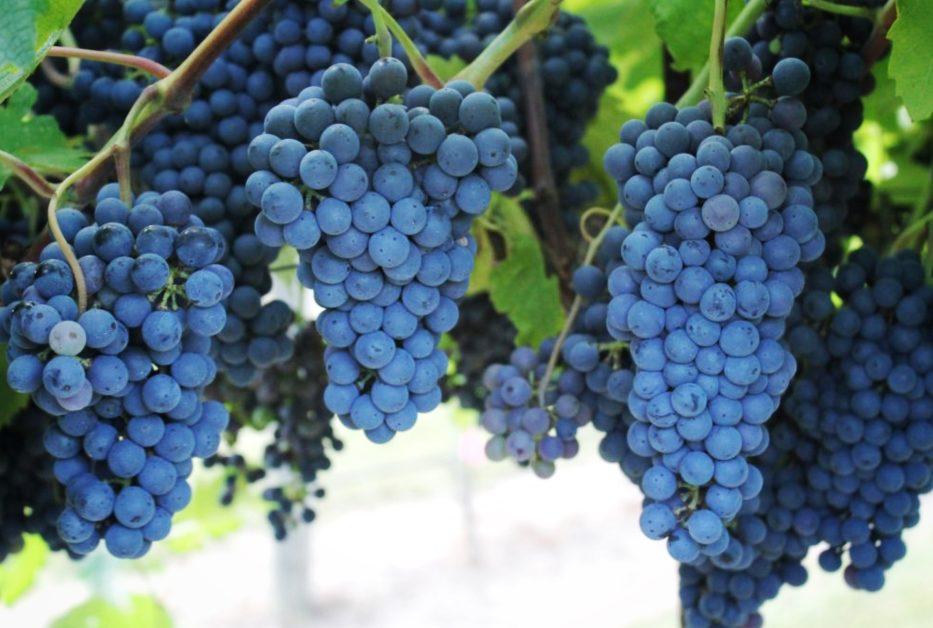
In preparation for my new Advanced (Level 2) Specialist of Texas Wine certification course, for our primer I chose Jim Kamas’s book, Growing Grapes in Texas. In it, he provides several maps showing the distribution of various native American grape species in the United States. If the new DNA data is correct and the American native V. berlandieri contributed the most of the native genetic material to Black Spanish, I ask another question… How did this come to be?
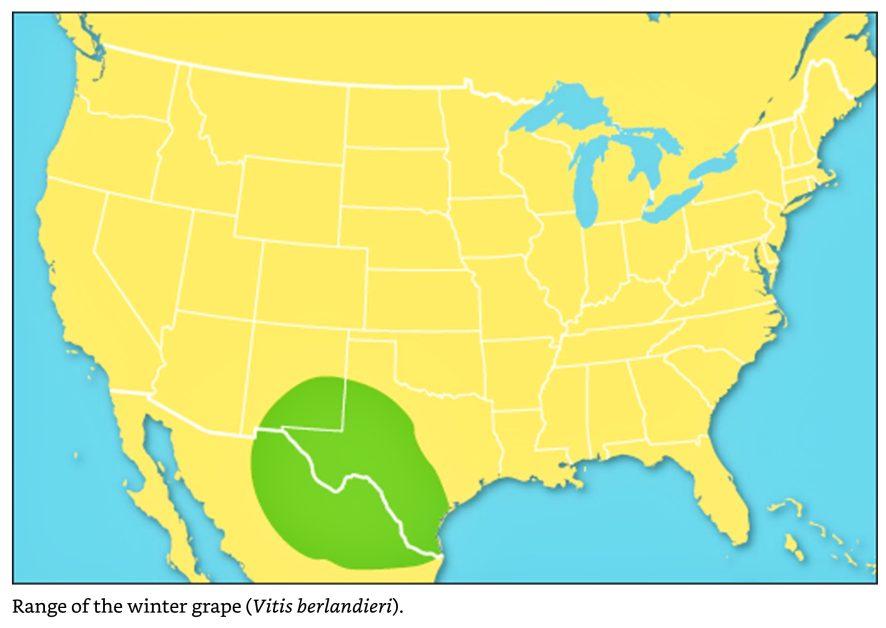
According to the Kamas maps, the range of V. berlandieri is nowhere to be found on the American east coast. Instead, its range is primarily in central and west Texas (See Map 1). In fact, the only one of the three native American grape varieties that is found on the east coast is V. riperia (See Map 2) and it has the lowest contribution of DNA of the three species (only 3%). Again, I ask… How can this be?
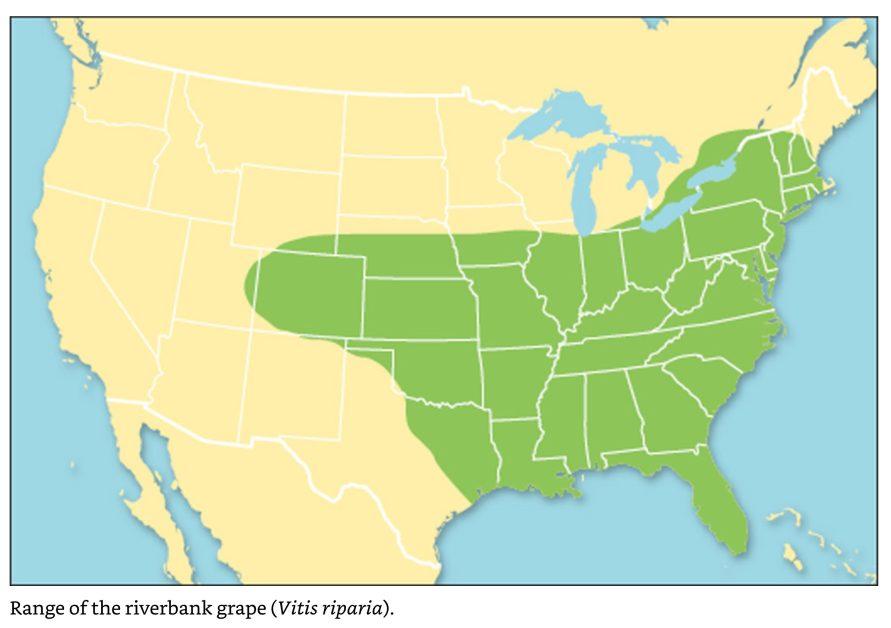
According my simple scientific mind, these facts suggest that Black Spanish was possibly created in more than one pollination event likely over a period of years as it moved across the southern United States and into Texas. The single biggest contribution of DNA in Black Spanish and therefore the most important cross likely came once the grapevine made it to Texas where V. berlandieri actually resides (See Map 1). Even the location where V. rupestris grows (which is from Texas going northeast to Missouri) fits the theory of a sequential east/west creation for Black Spanish.
Here is where things get really interesting and rises to the level of an historical conundrum… If the process of creating Black Spanish took place in an east/west direction starting on the east coast and ending in Texas, my next question is… How did this grape get back to France, Spain and eventually on to the Island of Madeira. Surely, it could not be sent back to Europe by the Huguenots from the east coast or taken with them when they abandoned their settlements.
My theory is that Black Spanish was likely sent back to France in the mid- to late-1800s during the period of European vineyard devastation by Phylloxera either to be used for root stock or as an alternative Phylloxera-resistant cultivar that could replace European V. vinifera in the making of wine.
As you can see, the historical Black Spanish mystery continues. If you have a different theory or more information that relates to this conundrum, please let me know.
— — — — —
Photo Credits: Growing Grapes in Texas, J. Kamas and Grape Varieties in the USA, Matthew Fidelibus.
Be the first to comment